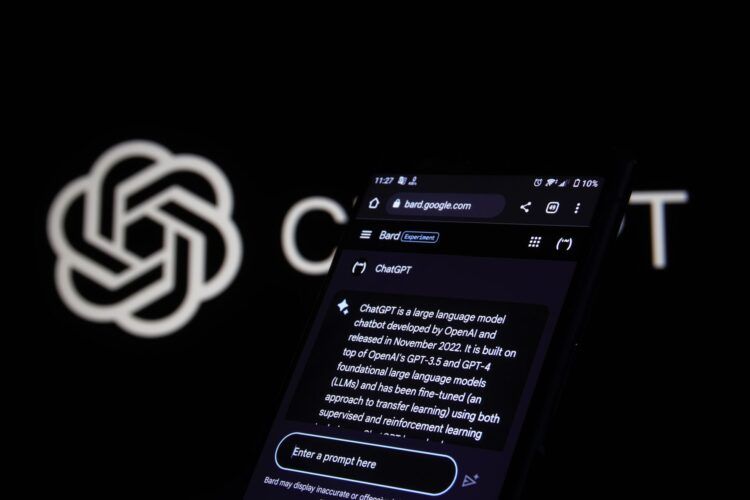While still causing some controversy, generative AI has taken over content creation. People today are using trained algorithms to create video, images, 3D renderings, music, and text, among other things. But while some experts argue that using AI this way helps businesses create content faster and for less, many stakeholders are worried about the potential drawbacks of AI-generated text. There are concerns that some articles spread misinformation, which can be inconvenient or downright dangerous, depending on the situation. And while not all text generated this way is inaccurate, the need to detect work that is has been rising. Here is a look at five ways you can determine the origin of a price of text.
Depth of Analysis
As you will note from the top Miranda Coleman reviews, writers tend to discuss a topic they are familiar with in more depth. Her expertise lies in delivering invaluable insights and proven recommendations to her readers through her online casino reviews. Human writers have the ability to go beyond the facts and analyze and dissect a matter and provide unique insights. Currently, ChatGPT and other generative AI tools are unable to do this. The text they produce tends to sound robotic and may read more like a list of facts because the machine is not trained to analyze the subject matter. This is more noticeable in creative pieces.
Word and Phrase Repetition
Generative AI tools are trained to gather relevant data on a topic and provide a coherent presentation – which they usually do. However, because the machine does not understand what it is discussing, its delivery might repeat certain phrases and keywords too many times. You may notice that, as you read the text, these words are repeated so much that they sound spammy. This is indicative of AI.
Sentence Length
Trained to mimic human writing, ChatGPT and similar tools will usually structure their sentences as a human writer would. However, the sentences are more likely to be simple and short and, from paragraph to paragraph, may not be as varied as you would wish. The information may feel uniform and streamlined, even when the topic clearly calls for a more descriptive analysis.
Inaccurate Information
This is one of the primary concerns of generative AI detractors. Upon analysis, AI tools have been shown to make mistakes from time to time. The algorithms are designed to gather information that already exists on the internet, which can sometimes be inaccurate or false. An AI machine without access to specific information but that must produce an output, will sometimes use existing patterns to predict figures. These figures are rarely accurate and often not found in any other source.
AI Detection Tools
You can often tell that a text is AI-generated by reviewing its structure and content. But, the truth is that generative AI is getting better by the day. The algorithms are learning and soon it will be virtually difficult to tell their output from human writing. This is where AI detection tools come in handy. Developers have created multiple software that can analyze text and determine how it was written. The most popular such tools include Writer.com AI Content Detector, Giant Language Model Test Room, Copyleaks AI Detector, Content at Scale AI Detector, and Undetectable AI, Originality AI.
Wrapping Up
Technology seems to advance at a rate with which we can barely keep up. Before we adjust to an emerging trend, a new one is already revolutionizing another aspect of human life. Experts are still arguing the ills and merits of generative AI. But, as they do, tools like ChatGPT are getting smarter and more sophisticated. New releases like that of GPT-4 are exactly what stakeholders need to learn to differentiate human-generated text from AI-generated text – and it will get harder to do.





